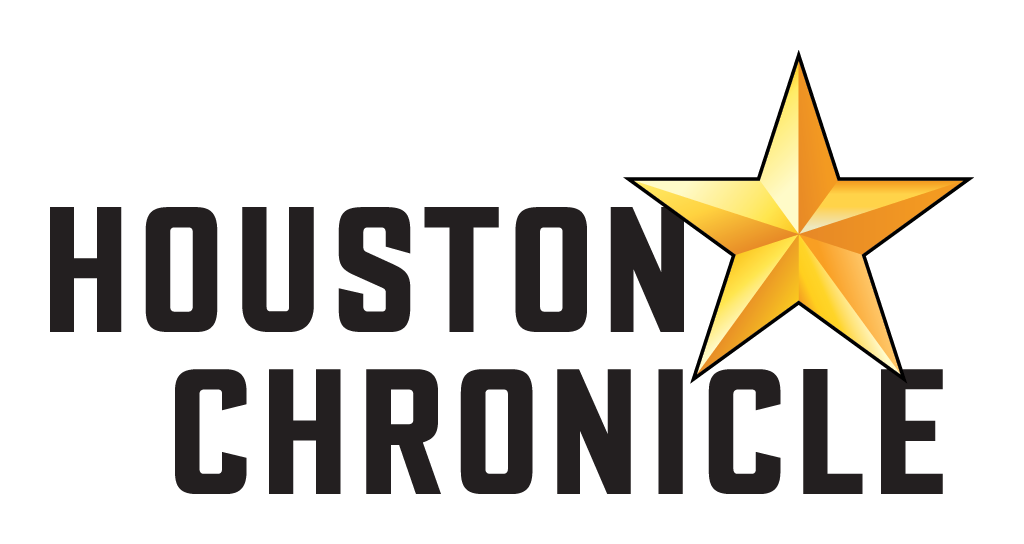As a former active duty Army psychologist who spent 27 months in Iraq taking care of soldiers, I can attest that the oldest tropes about warfare are true: Combat is destructive; deployment in a warzone is enormously stressful. For the men and women serving in war, these aren’t simply clichés—they are harsh realities that the rest of us have yet to fully reckon with. And they are realities that sometimes resist being explained by the language of clinical psychology.
During a routine patrol outside a small village in eastern Iraq, a four-vehicle convoy was suddenly blasted with an improvised explosive device (IED). Michael (not his real name), a 22-year-old combat medic who was riding in one of the vehicles, lost consciousness for several moments. As he regained his senses, he saw that the gunner had been thrown from the turret. Michael immediately scrambled out of the mangled vehicle and began to apply first aid. After stabilizing the injured soldier, Michael proceeded to the next truck ahead to see if there were further casualties. As he approached, a second IED detonated. Michael was knocked out again. When he came to, he saw that the driver was seriously injured. Michael gave him CPR and struggled over him for 10 minutes, but the man died in his arms.
“The classic analyst takes in the information and then retreats into their head and wants to think about it, then maybe checks the environment again and thinks some more,” said Dr. Charles A. Morgan III, a psychiatrist at the University of New Haven who has worked extensively with Special Operations forces. The elite combat troops operate much differently, he said. “They immediately take in their surroundings; they have a high degree of external focus. But they’re able to switch internally, make a quick decision — then act and adjust as they go.”
In training and in combat, this intense awareness and decision making become much sharper. “Essentially the decision making and acting become second nature,” said Bret Moore, the deputy director of the Army’s Warrior Resiliency Program of the Regional Health Command-Central in San Antonio. “You do not want these guys thinking too much.”
April marks the 100th anniversary of the U.S. entry into World War I. For many, World War I is forgotten and perhaps insignificant, partly due to being overshadowed by the sensationalism of World War II, fought and won by the iconic "Greatest Generation."
Many of us don't appreciate the significance of World War I, and the immeasurable impact it had on the 20th century and our lives. U.S. involvement from April 16, 1917 to Nov. 11, 1918 was an explosive period of growth and innovation in our social, economic and political landscape. However, from the darker side of this period came the intellectual foundation for our current understanding of the psychological wounds of war. The most notable is post-traumatic stress disorder - simply referred to as PTSD.
Over 14 years of war in Iraq and Afghanistan highlight how harsh combat, environmental conditions and extended separation from loved ones affect the psychological well-being of military personnel and their family members. Although estimates vary, it is generally accepted that up to one-third of Iraq and Afghanistan veterans battle some form of psychological ailment as a result of their service (Hoge, Auchterlonie, & Milliken, 2006 ; Hoge et al., 2004), which translates to roughly 700,000 men and women. More specifically, estimates of post-traumatic stress disorder (PTSD) alone are in the area of 15 percent (Hoge, Terhakopian, Castro, Messer, & Engel, 2007; Tanielian & Jaycox, 2008).
A secondary issue associated with the increase in mental health needs of our veterans is the demand placed on the military and Department of Veterans Affairs (VA) health care systems. Over the past several years, governmental and private organizations issued critical reports on both systems regarding their ability to meet the ever-increasing needs of current and past members of the military. Consequently, there is a greater focus on achieving a better understanding of the difficulties faced by combat veterans and developing more effective approaches to these problems (GAO, 2014).
PTSD & MENTAL HEALTH
This is a video excerpt featuring Bret A. Moore, Psy.D., ABPP, from his video lecture entitled "PTSD & Mental Health: Treatment Strategies for Returning Veterans & Families". For details on the full video and to order, please visit the PESI, Inc. website at www.pesi.com.
Dr. Bret Moore, a board-certified clinical psychologist, volunteers with Boulder Crest, helping the staff refine programs, which are not meant to replace traditional health care services but to act as a supplement for those who have not responded well to medication or psychotherapy.
Moore — who served as an active-duty psychologist in the Army from 2003 to 2008, during which he did a 14-month tour in Iraq — said he has seen Boulder Crest’s model work.
“It’s not one hour of therapy a week like you traditionally get in the health care system. It’s therapy throughout the day that is not only provided by trained professionals but also by their fellow service members,” he said. “Think about how military service works: It’s a band of their own, and that’s what’s unique about Boulder Crest. People are able to open up more and form bonds more as opposed to sitting in traditional therapy.”
“It’s one of the most important factors,” Moore added. “It’s one of those factors that the traditional health care system is trying to maximize and cash out on. Because of the way our traditional health care system is set up, it’s too costly.”
When people find out that I’m a psychologist, they often ask if I can recommend any good self-help books. In all honesty, I tend to steer clear of the self-help aisle at my local bookstore.
Sure, it’s hard not to get drawn in by the covers with their bright colors, pithy titles and “experts” smiling from ear to ear. But for the most part, I can generally resist the urge to learn how to fight stress in 10 easy steps or achieve happiness in seven days.
However, the success of these books tells me that many people are lured to the self-help stacks — strategically placed between the religion and science sections. These books are meant to appeal to those of us who struggle with relationship problems, encounter stress and anxiety in our daily lives, and have periods of feeling blue. In other words, at some point, they appeal to everybody.
Veterans Day originated with the signing of the armistice that ended World War I on the 11th hour of the 11th day of the 11th month. It differs from Memorial Day, which celebrates the lives of all those who died in the service of the country. The Veterans Day holiday celebrates all those veterans who survived their service and who still contribute to society in meaningful, significant, and essential ways.
Veterans are among the most honorable of our society — yet they are also among the most vulnerable.
Despite billions of dollars spent each year in the U.S. on research and treatment for combat veterans struggling with Posttraumatic Stress Disorder (PTSD), one fact has become clear: the current evidence-based approaches don't appear to be the magic bullet we hoped they would be.
As noted in the January 2017 edition of JAMA Psychiatry, "Despite the large increase in availability of evidence-based treatments, considerable room exists for improvement in treatment efficacy, and satisfaction appears bleak based on low treatment retention…we have probably come about as far as we can with current dominant clinical approaches.”
Viral Images, The Military's Recurring Nightmare
A Marine spokeswoman told reporters that officials haven't been able to verify whether the people shown in the video were Marines, but she said their actions were "not indicative of the character of the Marines in our Corps."
Desecrating the bodies of enemy fighters is a violation of the Uniform Code of Military Justice, and violators are subject to court-martial.
Bret A. Moore, a former Army psychologist who served two tours in Iraq, says the video is shocking, but the behavior is an extreme form of the disdain and contempt that soldiers are conditioned to feel for an enemy.
"It may seem odd to talk about 'healthy disdain' or 'healthy contempt,' " Moore says, "but you can't be best buddies with enemy combatants."
Those in the so-called helping professions know as much about the limits of empathy as they do about its merits. Studies of oncology nurses, trauma workers and even marriage counselors, among others, have documented a common “compassion fatigue” that seems directly related to the amount of emotion shared. “In particular, listening to people who are suffering and not being able to do enough for them puts a tremendous weight” on caregivers, said Dr. Charles Figley, a psychologist at Tulane University.
In just the past decade, he said, professional organizations have begun to give guidelines to offset fatigue, like urging counselors to take time off, seek support from colleagues, even engage in therapy themselves.
Therapists quickly learn to recognize the signs.
Fatigue often results “when you’re seeing the same problems repeatedly, when they’re chronic, and when the outcomes are not good,” said Bret A. Moore, a former Army psychologist and co-author of “Wheels Down: Adjusting to Life After Deployment.” “One sign that you’re there is that you start hoping your appointments cancel.”
Some of those hired to heal others end up needing help themselves. Some go home at night too depressed to talk to their children. Others, like Bret A. Moore, a former Army psychologist at Fort Hood, ultimately quit.
“I planned for a career in the military, but I burned out” after about five years, he said.
The biggest problem, Dr. Moore said, was “compassion fatigue.”
“I thought that was a bogus phenomenon, but it’s true,” he said. “You become detached, you start to feel like you can’t connect with your patients, you run out of empathy. And the last thing you want to do is talk about it with someone else. It really puts a wedge between you and loved ones.”
As president-elect Trump continues to fill his cabinet and inner circle of advisers, it's not surprising that perhaps the most difficult job — that of Veterans Affairs secretary — will be the last to be filled.
The next secretary will inherit a variety of challenges. In addition to managing hundreds of thousands of employees and tens of billions of dollars, he or she will be required to navigate a massive bureaucracy and overcome a growing negative public perception.
I would argue, however, that the secretary's greatest challenge, which will only get worse as our post-9/11 veteran population ages, is battling the psychological wounds of combat so many of our veterans endure. This problem — a problem that's growing each day — will take more than the VA to solve.
The night Yael Levy turned a circle of menacing sharks into a ring of harmless dolphins, she knew she had achieved mastery over a life-long foe: her nightmares.
"I was able to change my nightmare while it was happening," says the 29-year-old New York City graduate student. "I had control over my dreams."
That relief was more than Levy expected when she showed up at the Sleep-Wake Disorders Center at Montefiore Medical Center two years ago. Levy says she just wanted help for her insomnia. She had no idea her nightmares were treatable, too.













